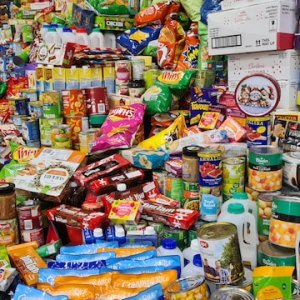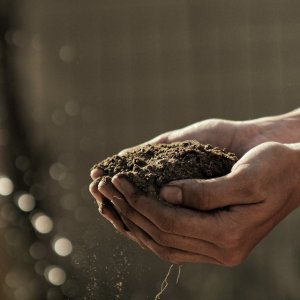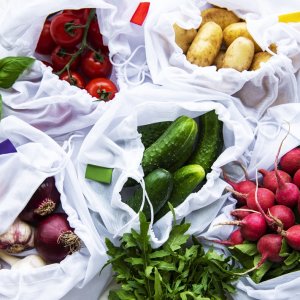Sustainability, Innovation Lead in Packaging Manufacturing

STORY INLINE POST
Q: What is the role that AMEE plays in the packaging arena and in the food and beverages arena?
A: The packaging industry is a highly-innovative and highly-dynamic industry. In economic terms, it represents around 1.7 percent of the country’s GDP, it has a market value of US$14.3 billion and generates more than 73,000 direct jobs. The food industry consumes around 30 percent of packaging production in the country, while the beverages industry consumes 20 percent of the packages in the country. From the entire universe of packaging, 30 percent of the packages are made of cardboard, 29 percent are made of plastics, 20 percent is focused on glass, 15 percent corresponds to metal packaging and the rest are other materials.
Q: How have materials used in food packaging, such as plastics, evolved?
A: An interesting exercise is to analyze how plastic packaging has evolved. It is a very convenient material that is practical for the consumer. The plastics category not only entails plastic bottles but also bags for chips or cookies, which have several components beyond plastic, processed and cold meats and cheese, which require adequate protection to maintain the product’s shelf-life. This protection also generates a barrier against ultra-violet light, oxygen and humidity, and requires a product composition of different plastic structures.
Another interesting evolution of packaging material is that of glass, which is not only used for beverages but also for high-value or gourmet products. In the case of beverages, glass holds a prominent position given the aesthetic and status that it provides certain drinks. An example of this is the case of beer, which in many countries is commercialized in PET packages. In Mexico, this type of packaging has not succeeded due to cultural hinderances. With some other products, like tequila, the glass packaging is worth more than the product itself.
Q: How would new laws and calls to replace plastic impact the industry and what preventive action is the industry taking?
A: This is a very important issue that we have been working on for some time. As an organization, we are convinced that prohibition is not the solution. We need education and awareness regarding our consumption culture. The authorities hope that a plastic bag prohibition will lead to the development of alternative materials, such as biodegradable or compostable materials. The problem is that Mexico lacks the needed infrastructure to accumulate compostable materials. Though it can be done at an individual level, doing it at an industrial level is more complicated, which is why we are trying to generate awareness through seminars and strategic alliances with other associations that prohibition is not the answer. We need to focus on reusing packaging materials.
All packaging can be recycled. Paper and cardboard are 100 percent recyclable. With plastics, a norm exists to identify the materials in the product and indicate which can be recycled. For instance, when it comes to PET bottles, Mexico is the most advanced country in Latin America in terms of PET recycling and we are even reaching the recuperation and recycling levels of European countries. This is the type of information that needs to be available to change the negative perception of plastics.
Q: How are AMEE members working to innovate their products?
A: When we talk about innovation in the packaging industry, it has to comply with two fundamental characteristics: it must be implemented in the short term and it has to be profitable. However, there are many other elements to address when working on packaging innovation. The first aspect is the development of new materials and improvement of existing materials, which is why we see many changes in packages for food and in secondary packages, which are those that are not in direct contact with the product. In this sense, digital printing plays an important role since it allows for the personalization of a product and the packages, thus motivating consumption.
A second aspect of innovation is related to the communication and interaction within the entire supply chain. This means linkage between the supplier of the raw material for packages and the end consumer. It is no longer a matter of the relationship between the packaging company and its client. If there is communication and interaction along the entire supply chain then it becomes a chain of value where everybody talks the same language. That is why it is important that innovation focus on the entire supply chain to generate value for consumers.
The third element is related to environmental impact and sustainability. There needs to be a balance between the environment, economy and society. In this way, society will recognize that packaging does not impact negatively on the environment. It is important to highlight all the recycling efforts and for consumers to understand that the life cycle of a packaging material does not end when the consumer finishes the product.
The fourth impact is related to the integral security of the packaged product. This security entails the procurement of safe raw materials for the packaging, packages, packaging process and other security measures, such as holograms, tamper-evident labels and security lids.
The fifth aspect is related to the application of information technology, robotics and I4.0 solutions. This also means offering solutions that through packaging capture the attention of consumers, thus making consumers feel part of the brand.
The Mexican Packaging Association (AMEE) is an organization founded in 1982 that groups not only packaging manufacturers but also raw materials suppliers, and packaging companies








 By Gabriela Mastache | Senior Journalist and Industry Analyst -
Thu, 04/02/2020 - 12:35
By Gabriela Mastache | Senior Journalist and Industry Analyst -
Thu, 04/02/2020 - 12:35















